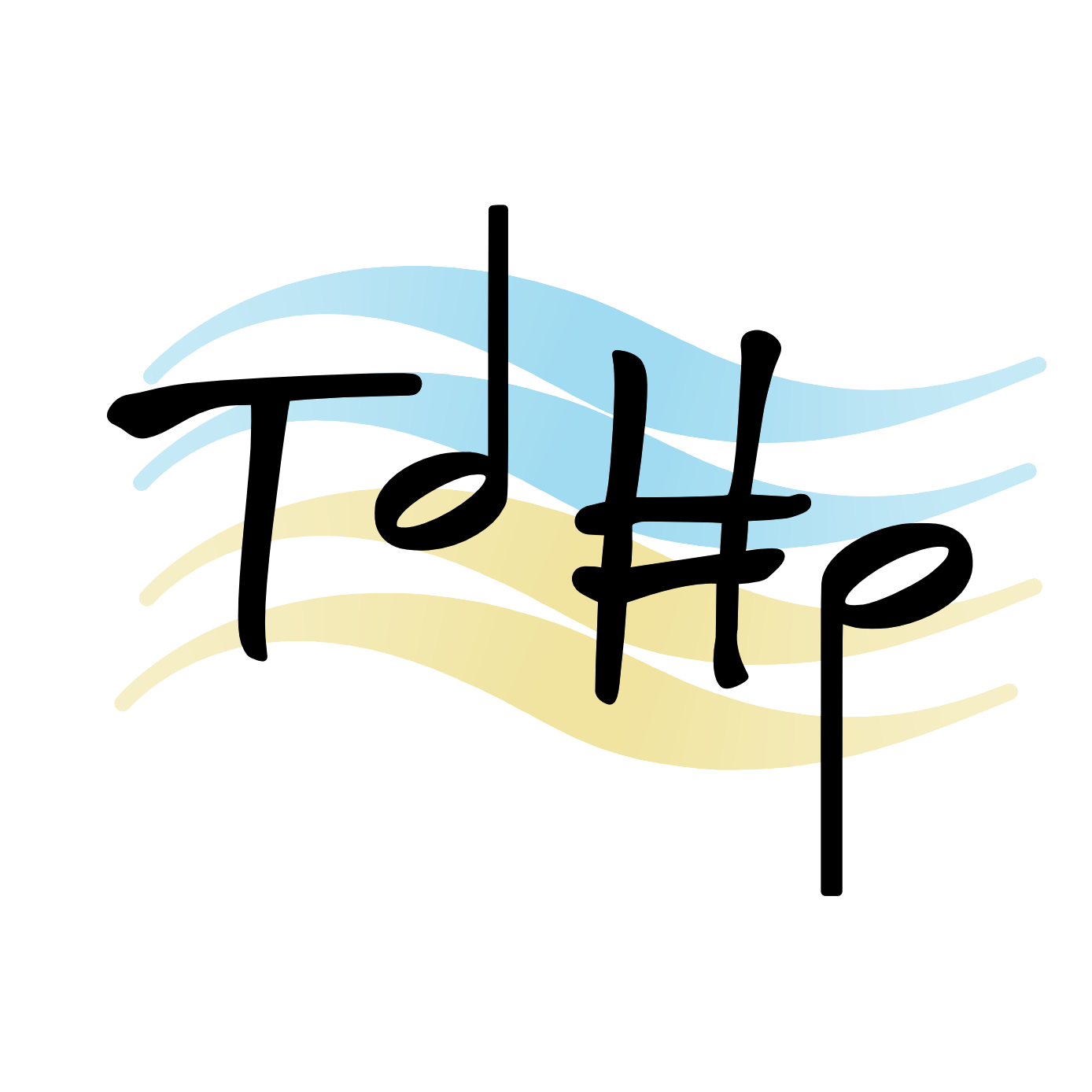Koliadky: Noëls Ukrainiens. Symphonie-Poeme No. 4. Concierto Andaluz for Flute, Strings and Percussion.1 Une fête en Ukraine • Theodore Kuchar, cond; 1 Bülent Evcil (fl); Lviv Natl PO of Ukraine • TOCCATA 0633 (65:55)
Although numerous recordings of Thomas de Hartmann’s arrangements of his mentor and friend Georgi Gurdjieff have been issued (even back in the LP era), this would seem to be only the second recording devoted to the original works of this Ukrainian composer, there having been a CD of his chamber music reviewed by Ken Meltzer in 45:3. Good biographical information about the composer may be found there. Gurdjieff, a mystic who was not a trained musician, had to enlist the help of a professional composer to bring his works to life, and I was never much taken with these, finding them to be distinctly unimaginative and boring. I needn’t have worried about the original music of de Hartmann, as it is most attractive and I enjoyed it immensely.
Upon hearing the opening notes of Koliadky: Noëls Ukrainiens, I immediately thought of Reinhold Glière, de Hartmann’s near contemporary (they shared their year of death, 1956, although Glière was born a decade earlier in 1875). Both were Ukrainian-born but lived most of their lives outside of that country; both were products of the Russian national school of composition and studied with Sergei Taneyev, one of its leading teachers; and both men eschewed the Modernism of such composers as Shostakovich and Prokofiev, although each of them developed an individual style in his mature years. By 1940, Glière had perhaps developed his style a bit more than had de Hartmann, whose Koliadky, a product of that year, sounds even more conservative than the music by his compatriot did around that time. By these comments, I do not mean to imply that de Hartmann’s music sounds like that of Tchaikovsky or Rimsky-Korsakov, and indeed by the time he wrote Symphonie-Poeme No. 4 in 1955, he was employing polytonality, with harmonies a bit redolent of those of Milhaud or other members of Les Six. This latter work, in fact, makes a very positive impression, with its colorful orchestration and dynamic spirit.
The same may be said for the Concierto Andaluz, a flute concerto with accompaniment of strings and percussion, dating from 1949. Here the composer writes with color and exoticism in both the virtuosic solo part and the ensemble. The piece is most attractive and should be discovered by the flute community, the members of which would almost certainly welcome such a delightful work into their repertory. The closing Une fête en Ukraine, a suite with 11 short movements for orchestra, dates, as does Koliadky, from 1940, and is almost as conservative as its discmate. Curiously, there is one movement, “Incantation et danse du Chamane,” that is an outlier in style, being every bit is modern as the much later Symphonie-Poème No. 4. While there are, with the exception noted just above, few innovations to be heard in this work, it is most attractive, and given that orchestras everywhere are currently looking for Ukrainian works to perform in support of that embattled nation, this would be a logical choice—more appropriate than the thoroughly Russian “Great Gate of Kiev” that is showing up on concerts everywhere these days.
The music of Thomas de Hartmann shows him to be a most capable composer, certainly not deserving of the obscurity into which he has fallen. Thanks to Toccata Classics, perhaps he will now begin to be rescued from such despair. Performances by flutist Bülent Evcil, conductor Theodore Kuchar, and the Lviv National Philharmonic Orchestra of Ukraine present these works in a most attractive light, serving the memory of this composer exceedingly well. Recommended accordingly.
David DeBoor Canfield
